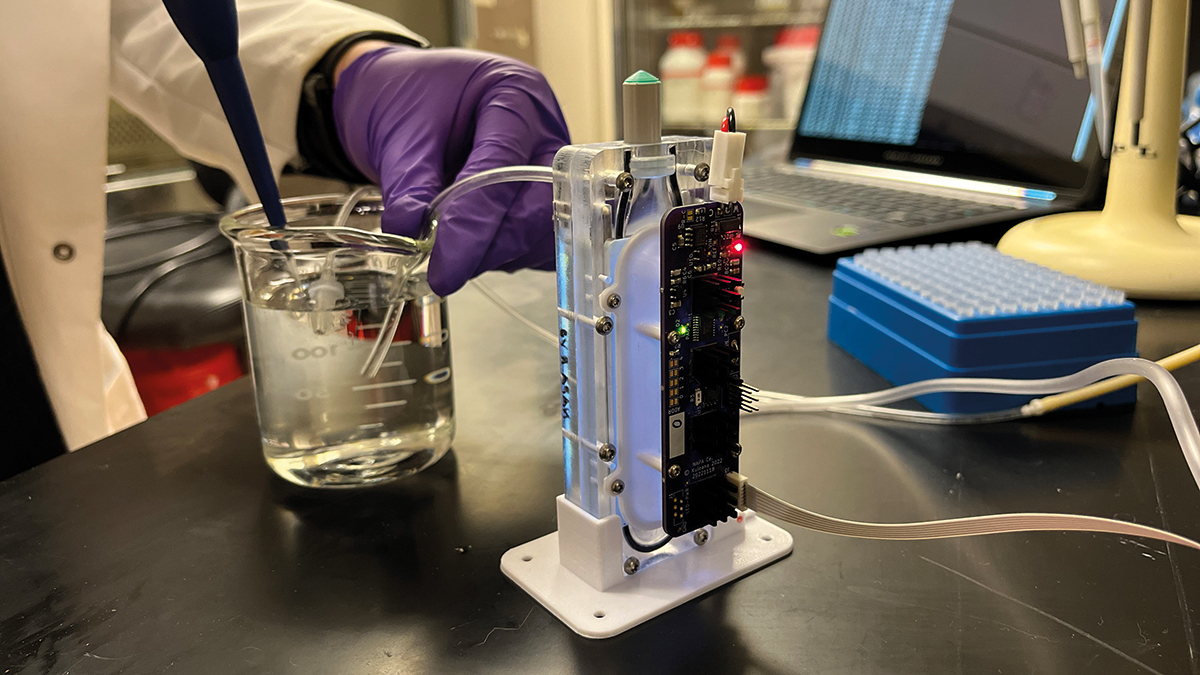By Anatole Tahintzi, Year 12
It may sound like science fiction, but artificial organs are becoming an ever more real technology. Artificial organs have come a long way in recent years, but there is still much work to be done before they become a mainstream solution for patients in need of organ transplants. Currently, artificial organs are used primarily as temporary measures for patients awaiting a donor organ, as well as for patients whose own organs are failing but are not good candidates for transplantation.
Some of the most promising advancements in artificial organs have been made in the fields of heart transplants. For example, artificial hearts known as ventricular assist devices (VADs) have been used for many years to help patients with severe heart failure. These devices can be used as a bridge to transplant, as a long-term therapy for patients who are not good candidates for a heart transplant, or even as a permanent solution for certain patients.

Another area where promising progress has been made is in that of artificial kidneys. Artificial kidneys are being developed that can perform many of the same functions as a natural kidney, including removing waste products from the blood and regulating electrolyte levels. One example is the work being done by a team at the University of California San Francisco, who have developed a working implantable artificial kidney. The device uses microelectromechanical systems (MEMS) technology to mimic the functions of a natural kidney. It is powered by the body’s blood pressure, with no external connections, and is designed to provide continuous treatment, filtering the blood and balancing fluid and electrolyte levels 24 hours a day, without the need for immunosuppression medications. A video explanation of how it works can be found here. In animal studies, the artificial kidney was able to successfully replace kidney function, and the team is now working on testing the device in humans.

One of the biggest challenges in creating functional artificial organs is the need for the body to accept the foreign organ without rejecting it. This is typically accomplished through the use of immunosuppressive drugs, which can have significant side effects and increase the risk of infections. Researchers are actively working on developing new approaches to make artificial organs more biocompatible and reduce the risk of rejection. Another inevitable issue in developing artificial organs is their cost. Overall, artificial organs have some important barriers to overcome, but as demonstrated by the examples above, their potential is groundbreaking.



